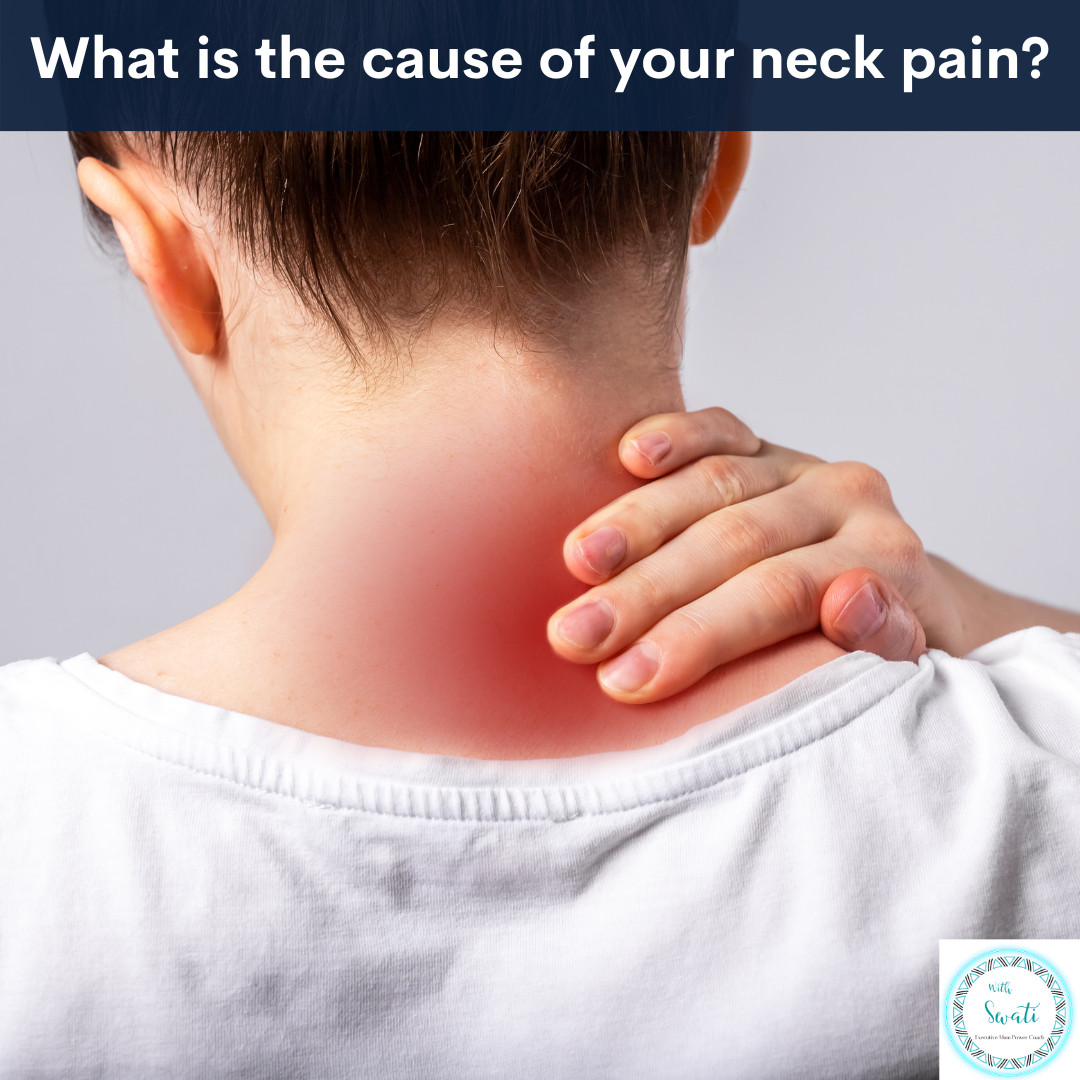
Have you ever suffered from neck pain?
Let's talk about the different problems that can lead to neck pain and how you can tell where the pain is coming from. If you understand the reason for your pain you can work on the treatment with your healthcare provider accordingly.
Here are two of the most common conditions seen in the neck:
Herniated cervical disc -
The neck is made of seven cervical vertebrae stacked one on top of another. An intervertebral disc is present in between the adjacent vertebras, that acts as a cushion or shock absorber. The disc is made up of a fibrous outer layer and an inner jelly like material. When degenerative changes in the outer fibrous layers occurs, cracks appear and the inner jelly like portion oozes out, causing cervical discogenic pain (commonly known as slip disc).
- The differentiating symptom of cervical disc herniation is pain in the neck when bending the head forwards into flexion.
- Pain may be sharp, pinching in the acute phase and dull achy in chronic phase.
- Pain is worsened when the neck is held in a flexed or bent position for prolonged periods, such as occurs with driving, reading or working at a computer or looking at a mobile phone for long durations. Pain eases off with bending the neck backwards or extension.
- Pain can also manifest as a headache if the upper to mid cervical spine is involved (from your hairline to roughly half way down your neck).
- Associated muscle tightness and spasms is seen in the neck.
- If the nerves that exit the cervical spine are irritated by the protruding disc material it can refer the pain or tingling numbness sensations into the upper limb. (known as Cervical radiculopathy).
Cervical stenosis –
Cervical spinal stenosis is narrowing of the cervical spine that can occur due to various reason, from spondylosis (degenerative changes in the cervical spine) to fractures in the neck or herniated discs or tumors. Any of these conditions can cause compression of the spinal cord or nerves in the area. Symptoms depend on the pathology that causes the spinal stenosis to occur. Symptoms may include:
- Cervical radiculopathy – This occurs due to compression of the nerves. Symptoms includes stiffness, pain, tingling, numbness, or weakness in the neck, shoulders, arms or hands.
- Cervical myelopathy simply refers to compression on the cervical spinal cord. This can lead to balance and coordination problems, difficulty/changes in walking pattern and clumsy, painful hands, loss of strength in upper limbs.
I discuss more of these conditions in my free guide to "What is the source of your Neck Pain?" Click here to get the free guide. It will ask for your email and name, but thats truly so that I can send you this free guide and also keep continuing to give you things like this over email, so that I can help you out with your discomfort/pain. If its not for you, no big deal. You can unsubscribe at any point to the emails. No questions asked!
Also, if you like this blog and want to be notified about new blogs as soon as they are published, subscribe to my mailing list below.
I would love to see you around the internet! For other places you can explore more about me: https://withswati.com/page/link


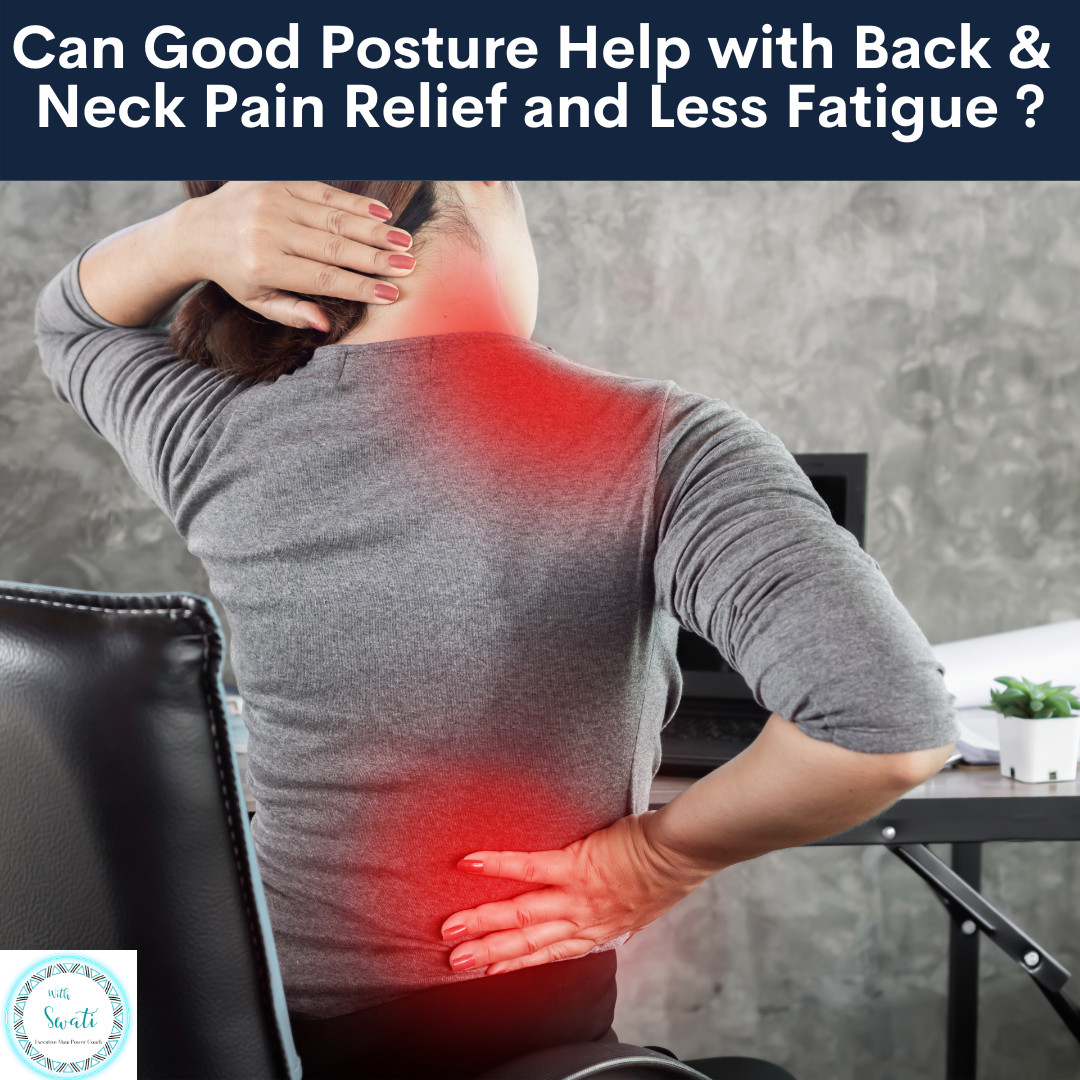

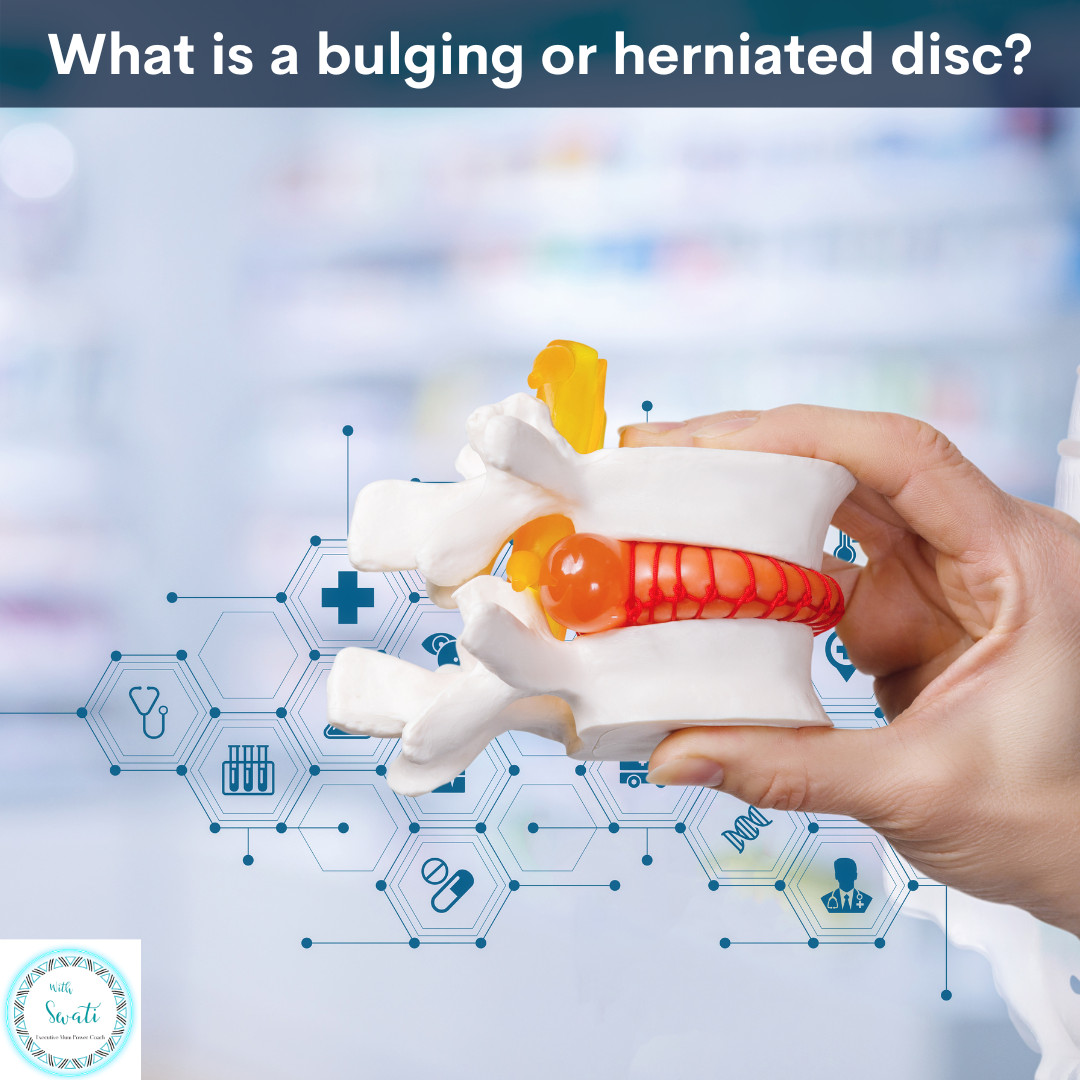

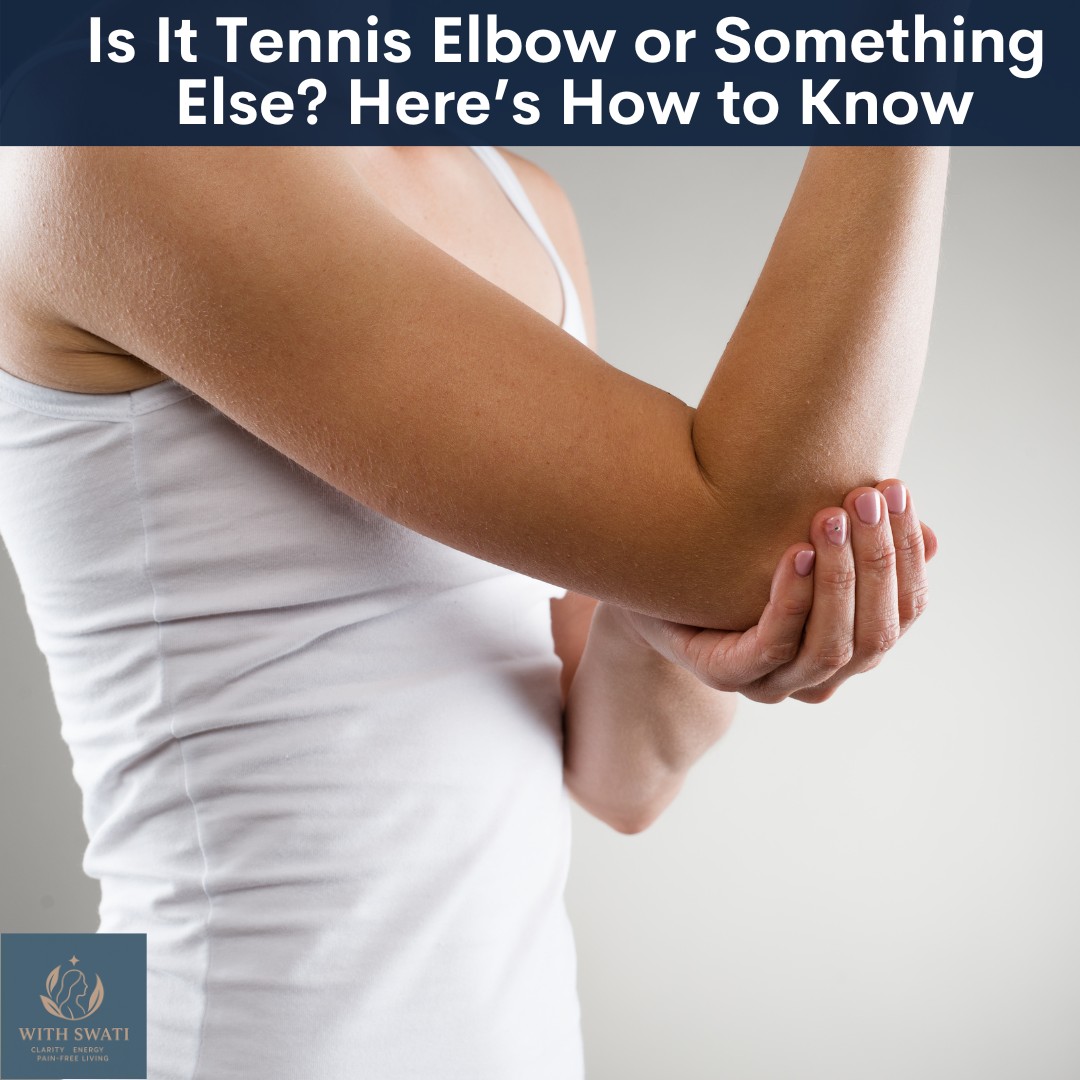




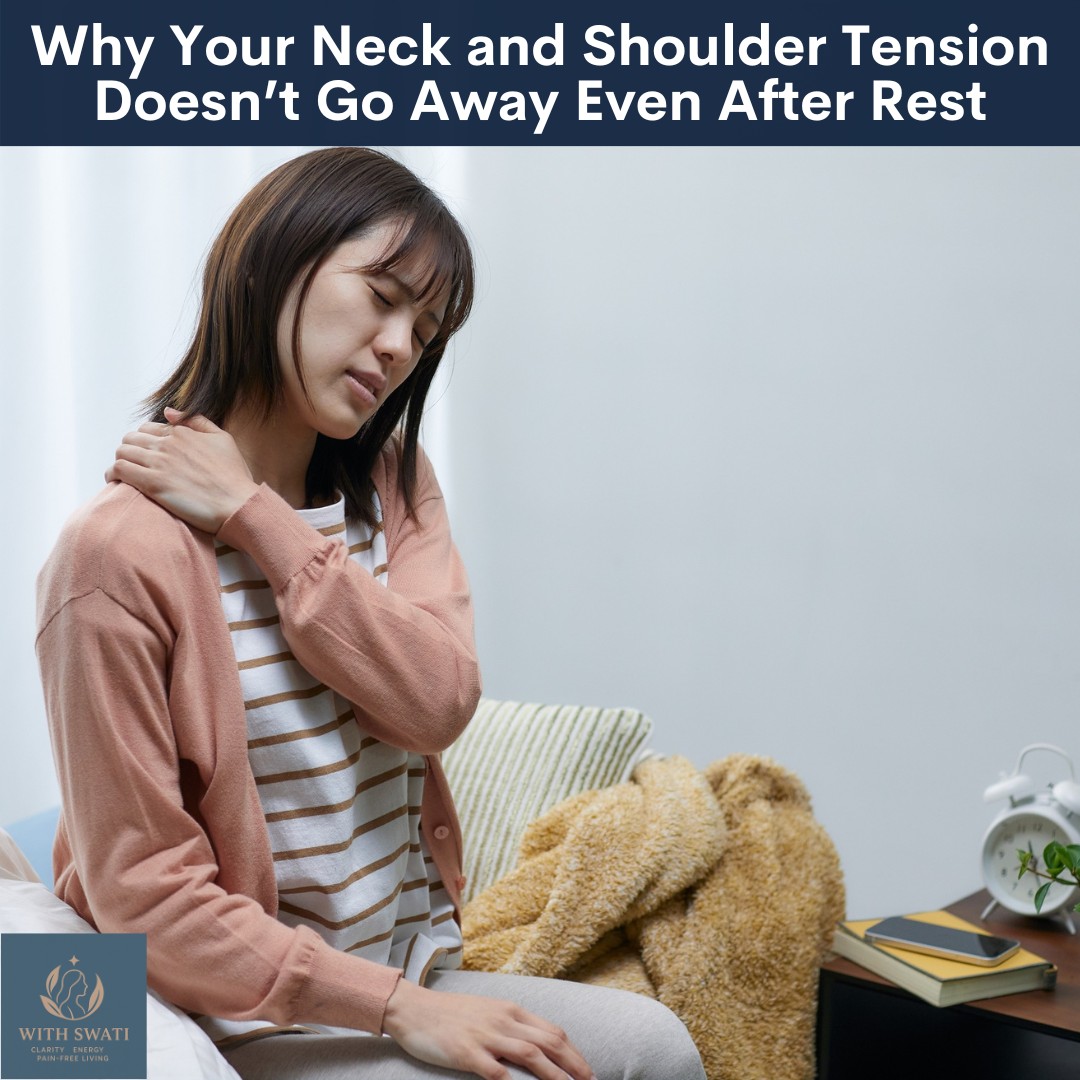

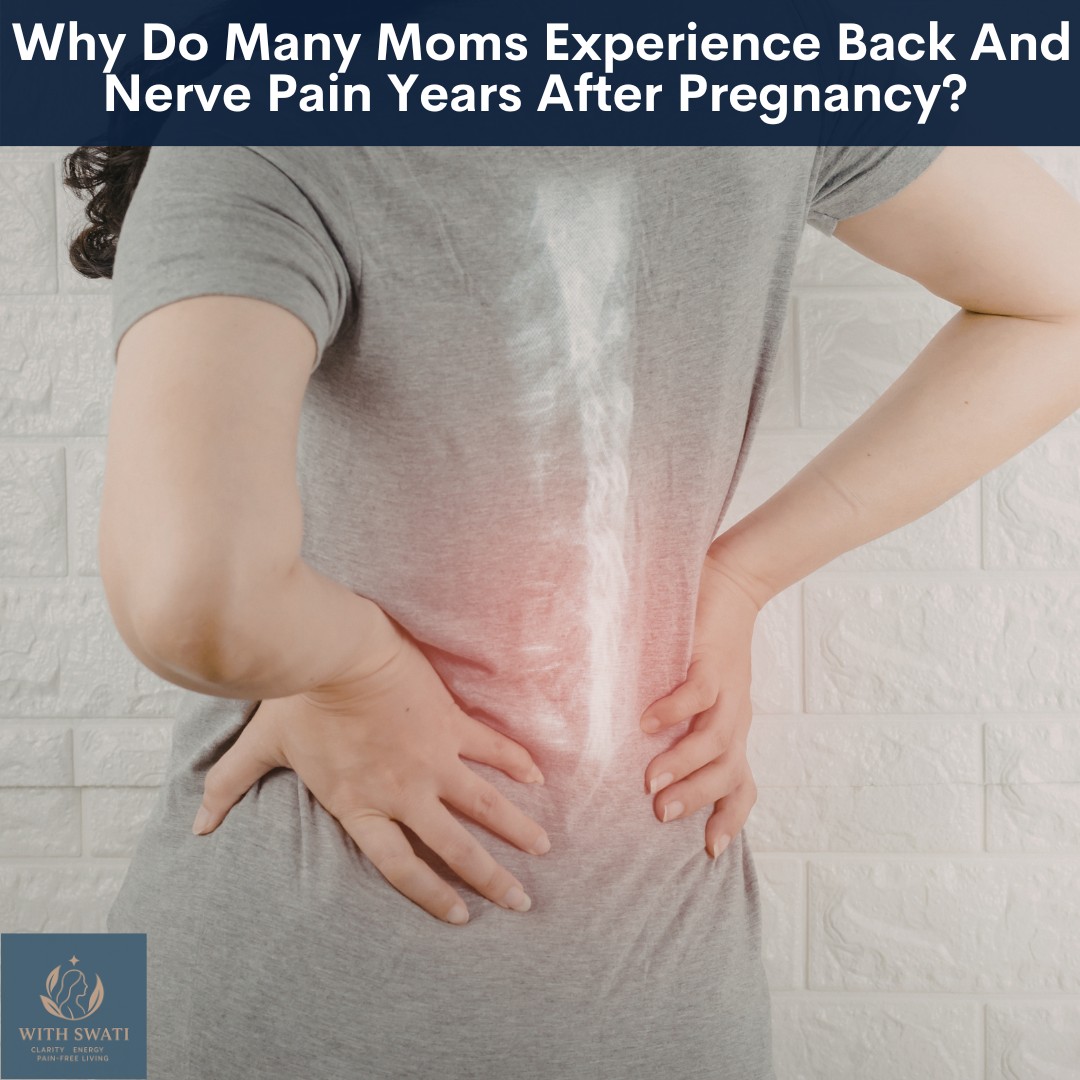


0 Comments